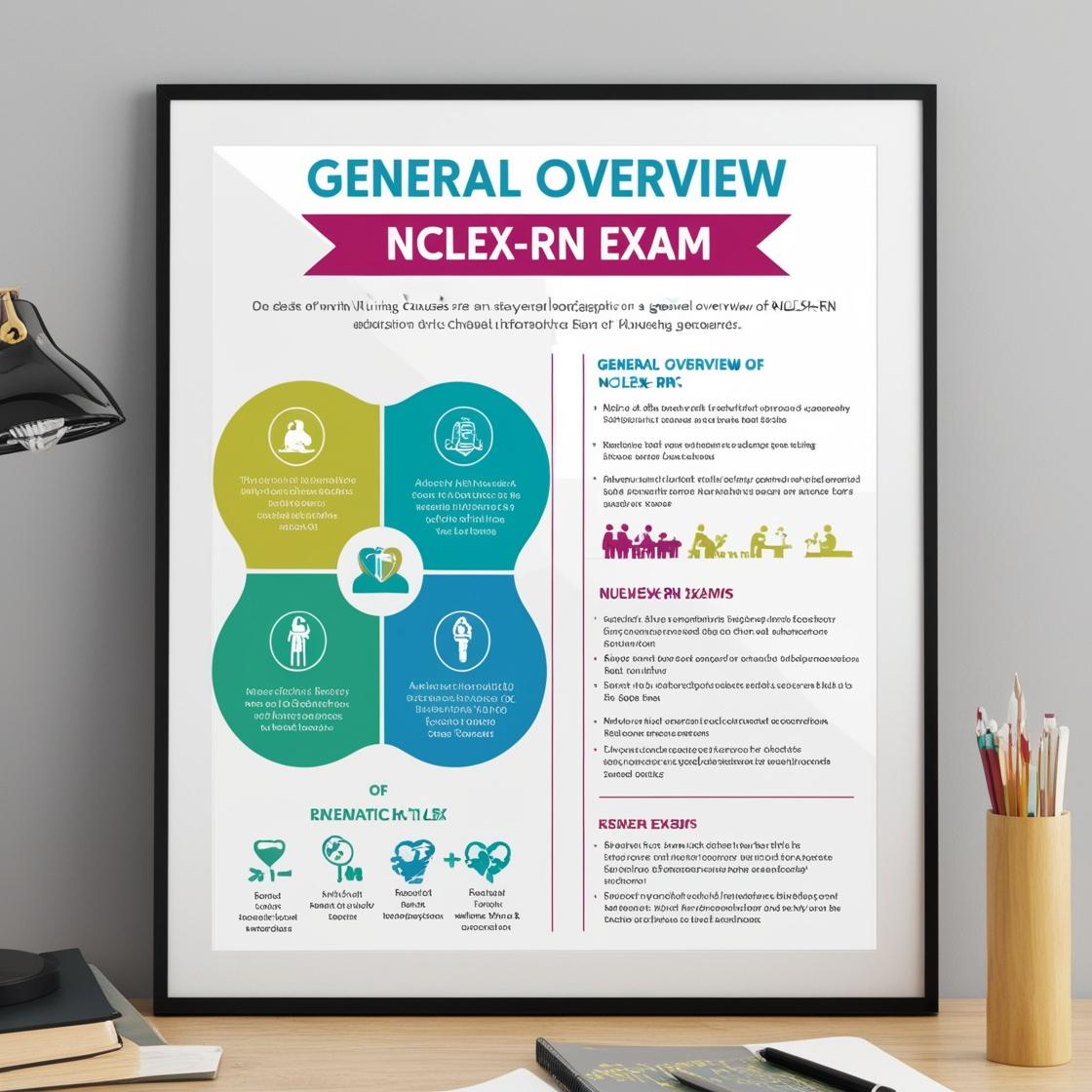NCLEX-RN
NCLEX RN Practice Questions Quizlet
1. A healthcare professional is reviewing a patient's chart and notices that the patient suffers from Lyme disease. Which of the following microorganisms is related to this condition?
- A. Borrelia burgdorferi
- B. Streptococcus pyogenes
- C. Bacillus anthracis
- D. Enterococcus faecalis
Correct answer: A
Rationale: Lyme disease, the most common vector-borne disease in the United States, is caused by the bacterium Borrelia burgdorferi. Borrelia burgdorferi is transmitted to humans through the bite of infected black-legged ticks. Streptococcus pyogenes is associated with strep throat and other infections, not Lyme disease. Bacillus anthracis causes anthrax, a separate infectious disease. Enterococcus faecalis is more commonly linked to urinary tract infections and other healthcare-associated infections, not Lyme disease.
2. A patient asks a nurse administering blood how long red blood cells live in the body. What is the correct response?
- A. The life span of RBC is 45 days
- B. The life span of RBC is 60 days
- C. The life span of RBC is 90 days
- D. The life span of RBC is 120 days
Correct answer: D
Rationale: The correct answer is that red blood cells have a lifespan of 120 days in the body. This allows for efficient oxygen transport throughout the circulatory system. Choices A, B, and C are incorrect because the lifespan of red blood cells is actually 120 days. Understanding the lifespan of red blood cells is crucial in assessing various conditions related to blood cell production and turnover.
3. A patient is getting discharged from a skilled nursing facility (SNF). The patient has a history of severe COPD and PVD. The patient is primarily concerned about his ability to breathe easily. Which of the following would be the best instruction for this patient?
- A. Deep breathing techniques to increase oxygen levels.
- B. Cough regularly and deeply to clear airway passages.
- C. Cough following bronchodilator utilization.
- D. Decrease CO2 levels by increasing oxygen intake during meals.
Correct answer: C
Rationale: The correct answer is to instruct the patient to cough following bronchodilator utilization. In COPD and PVD patients, bronchodilators help to open up the airways, making coughing more effective in clearing secretions from the lungs. This instruction can aid in improving the patient's ability to breathe by enhancing airway clearance. Deep breathing techniques (Choice A) may help increase oxygen levels but may not directly address the patient's immediate concern of breathing difficulty. Coughing regularly and deeply (Choice B) can be beneficial, but the timing following bronchodilator use is more crucial to maximize its effectiveness. Decreasing CO2 levels by increasing oxygen intake during meals (Choice D) does not directly address the patient's concern about breathing ease or the role of bronchodilators in improving cough effectiveness.
4. A patient has taken an overdose of aspirin. Which of the following should a nurse closely monitor during acute management of this patient?
- A. Onset of pulmonary edema
- B. Metabolic alkalosis
- C. Respiratory alkalosis
- D. Parkinson's disease type symptoms
Correct answer: A
Rationale: The correct answer is to monitor the onset of pulmonary edema. In cases of aspirin overdose, metabolic acidosis is a common consequence that can lead to the development of pulmonary edema. Early signs of aspirin poisoning include symptoms like tinnitus, hyperventilation, vomiting, dehydration, and fever. Late signs may manifest as drowsiness, bizarre behavior, unsteady walking, and coma. Aspirin poisoning can cause abnormal breathing that is typically rapid and deep. Pulmonary edema may occur due to increased capillary permeability in the lungs, leading to the leakage of proteins and fluid transudation in renal and pulmonary tissues. Changes in renal tubule permeability can also affect colloid osmotic pressure, potentially contributing to pulmonary edema. Monitoring pulmonary edema is crucial in managing aspirin overdose cases to prevent further complications. Choices B, C, and D are incorrect because metabolic alkalosis, respiratory alkalosis, and Parkinson's disease type symptoms are not typically associated with aspirin overdose and are not primary concerns in its acute management.
5. What preparation should be made for a client undergoing a KUB (Kidney, Ureter, Bladder) radiography test?
- A. Client must be NPO before the examination
- B. Enema should be administered before the examination
- C. Medicate the client with furosemide 20 mg IV 30 minutes before the examination
- D. No special orders are necessary for this examination
Correct answer: D
Rationale: The correct answer is that no special orders are necessary for a KUB radiography test. It is important to inform the client to remove any clothing, jewelry, or objects that may interfere with the test. Option A is incorrect because there is no need for the client to be NPO before this examination. Option B is incorrect as enemas are not routinely administered prior to a KUB radiography test. Option C is incorrect as there is no need to medicate the client with furosemide before this examination.
Similar Questions

Access More Features
NCLEX RN Basic
$69.99/ 30 days
- 5,000 Questions with answers
- Comprehensive NCLEX coverage
- 30 days access @ $69.99
NCLEX RN Premium
$149.99/ 90 days
- 5,000 Questions with answers
- Comprehensive NCLEX coverage
- 30 days access @ $149.99
